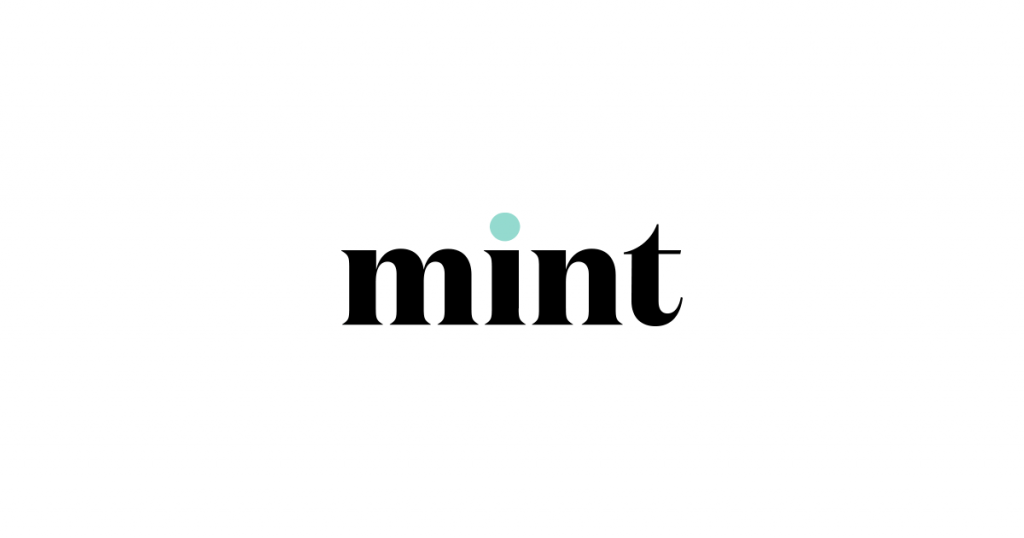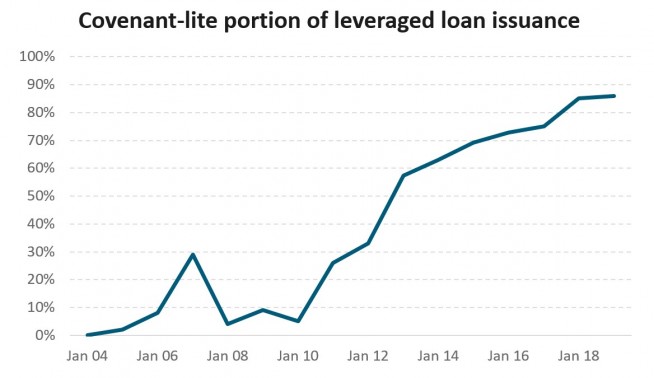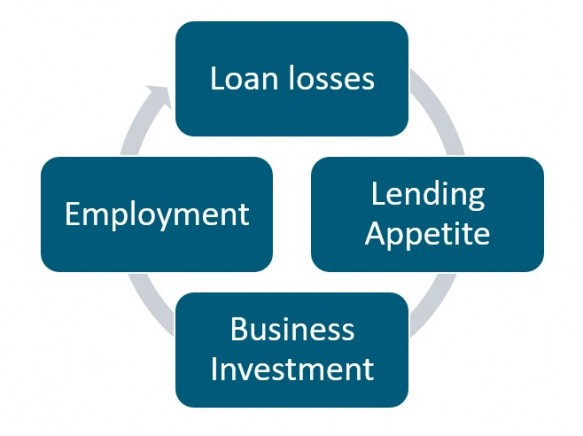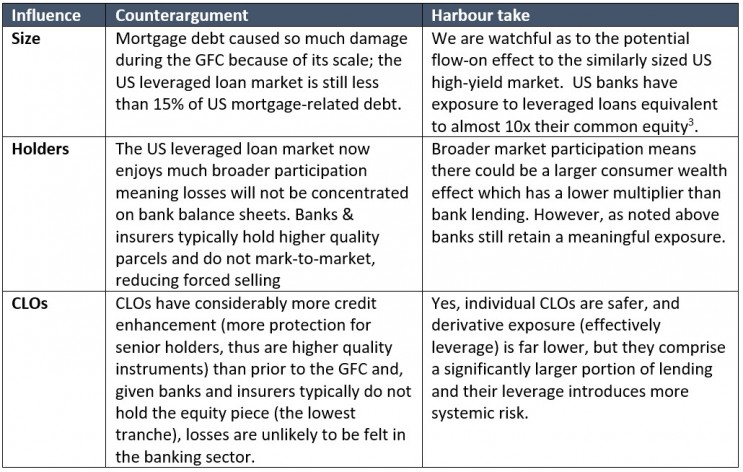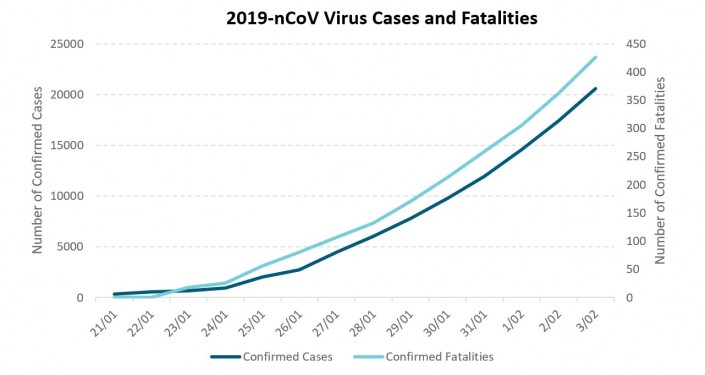By Rebecca Thomas
In the COVID-19 era high volatility is the new reality but Rebecca Thomas, Chief Executive Officer Mint Asset Management, explains why investors need a steady hand in shaky markets.
In what looks now like an exquisite piece of market timing, the Financial Markets Authority (FMA) ‘active v passive’ debate on February 19 this year coincided nearly exactly with the historical peak of the NZX50.
The following day the benchmark NZ share index topped 12,000 for the first time – a height it sustained for just one more trading session before tumbling, slowly at first and then in rapid freefall, to the rock-bottom of about 8,500 on March 23.
Investors used to the generally placid conditions of post-GFC markets would be in for the shock of their lives. The March volatility, triggered by the coronavirus economic lockdown, marked a new extreme even for experienced professional fund managers. NZX share prices came unhinged during the 30 per cent descent from peak to trough.
In theory, times of heightened volatility throw up more opportunities for active managers as quality stocks often hit bargain basement prices. However, it is not as simple as just buying everything that appears cheap – especially with so many unknowns still around COVID-19.
Active managers need a strong investment process to maintain buy-and-sell discipline in erratic markets and understand risk. Passive investors, of course, do not require discipline – but they are exposed to risk whether they like it or not.
Time runs out for momentum
As leader of the, winning, active team in the February FMA debate, I made the point that investors need to focus on risk-adjusted returns rather than the nominal benchmark figures.
However, despite coming out ahead on the night, NZ active managers in general have been on the losing side of the debate over the last year or so.
It has been very hard for active managers to outperform the NZX over the last couple of years as upwards momentum and stock-specific performance has dominated the market. This is commonplace in the latter stages of a long bull market.
Over 2019, for example, the median NZ wholesale equities fund underperformed the standard NZX50 index by about 1.3 per cent before fees, according to figures from consultancy firm Melville Jessup Weaver (MJW). For periods of three years or more, the average NZ shares manager either stayed on par or outperformed the benchmark.
Interestingly, during the bumper December 2019 quarter the median manager in both core NZ equities and
Australasian shares beat their respective indices, the MJW report shows.
While investors might have been expecting a more subdued, but still upwards trend in the NZ share market through this year after a stellar 2019, the COVID-19 crisis abruptly halted the momentum complacency.
During March entire sectors (aviation, tourism, for example) faced wipe-out – at least in the short- to medium-term – as others, such as healthcare, received a potential boost.
Share prices reacted accordingly in March as investors, for better or worse, adjusted their portfolios in line with worst-case scenarios.
Indiscriminate buyers and sellers like passive funds were inevitably caught in the ebb-and-flow of market panic with no capacity to adjust portfolios in line with the major changes COVID-19 measures have wrought on the NZ economy and markets.
Fundamental reset for the long term
At a time like this, fundamentals become more important than ever as companies first battle for survival and then plot a strategy to thrive in what will certainly be a different operating environment for some time to come.
Active investors who can identify those firms likely to come through the crisis in better shape will be well-placed to create long-term outperforming portfolios.
And, the emphasis should be on the long term. Quarterly performance results won’t capture the full impact of the March market dislocation but they provide an insight into its unusualness.
The just-released MJW March report shows the average manager underperformed the index over the three-month period in almost every asset class, including fixed income, which faced particularly extreme distortions as the global economy ground to a halt.
However, NZ shares was a stand-out sector for active managers during the March quarter where the median manager outperformed the benchmark by about 2 per cent, according to MJW. The average NZ shares fund did relatively well, “despite a smattering of Australian market exposures across the group which would have been a headwind”.
For example, the Mint Trans-Tasman Fund – the best-performing NZ shares strategy in the MJW table over the March quarter – was down just 8 per cent over the three months compared to about -15 per cent for the index. No one likes to lose capital but a focus on capital preservation and a clear understanding of a manager’s fiduciary obligations in turbulent times helps us to navigate our course.
On volatility watch
Higher market volatility is likely to roll on for months, or years, giving active investors the ability to accrue high-conviction stocks at low prices.
With so much uncertainty remaining as both the NZ and global economies adjust to the new coronavirus realities, share markets are unlikely to stabilise any time soon.
But patient, active investors with a well-defined strategy and robust implementation program have a better chance than most to come out in good shape on the other side of the storm.
Indeed, volatility management has always been central to the Mint investment philosophy, which carefully weighs risk against return.
We believe – based on research both offshore and here in NZ – that lower-volatility stocks actually produce better long-term returns. In this environment, volatility has increased across all stocks but relative price stability remains a key indicator of corporate health and long-term profitability.
For example, the MJW figures show the Mint Trans-Tasman portfolio reported the lowest five-year average volatility of all funds in the category – lower, even, than the index itself.
Since the March 23 low, the NZX index has mounted a strong but somewhat fragile recovery, climbing to almost 10,800 in the third week of April, paring losses from the February peak to about 10 per cent.
Of course, the last couple of months would have been perfect for market-timers – but only perfect market-timers.
Buying high quality stocks at the right price and being patient is a more sensible approach than trying to time the bottom.
Disclaimer: Rebecca Thomas is Chief Executive Officer at Mint Asset Management Limited. The above article is intended to provide information and does not purport to give investment advice. Mint Asset Management is the issuer of the Mint Asset Management Funds. Download a copy of the product disclosure statement here


